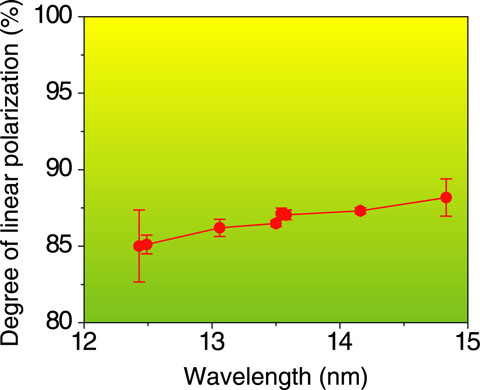
Fig.4-6 Schematic of four optical configurations for polarization analysis

Fig.4-7 Linear polarization degree of soft X-rays in the vicinity of 13 nm
Polarized light in the soft X-ray region is used for studying materials such as magnetic materials. In an experiment using polarized light, it is important to evaluate the polarization state parameters, e.g., the degrees of linear and circular polarization, because these affect the experimental results. The polarization state can be quantitatively evaluated by polarization optical components such as polarizers. It has been difficult to determine the polarization state in the soft X-ray region because the developments related to polarizers and instruments for evaluating the polarization properties have so far been insufficient in the case of the soft X-ray range, unlike in the case of visible light. Our purpose is to develop soft X-ray polarizers and to evaluate experimentally the polarization state of sources of soft X-ray synchrotron radiation (SR) light by using a newly developed polarization analysis instrument.
Fig.4-6 shows the optical configurations of two polarizers for polarization analysis. From the azimuthal rotation of the polarizer, both the polarizers and the polarized light can be quantitatively characterized. It is unique that four configurations can be realized by remote control and the polarizers have position- and angle-adjustment functions in a vacuum environment.
It is well known that multilayers which compose of Mo and Si act as soft X-ray polarizers such as a reflection polarizer for around 13 nm wavelength. The multilayer polarizers were fabricated and the linear polarization measurement of a SR light source was performed with the polarizers in double reflection geometry. The results revealed that regardless of the wavelength, the degree of linear polarization in the vicinity of 13 nm is 85%∼87%, as shown in Fig.4-7, and the fabricated multilayer polarizers have high polarizing abilities. Soft X-ray polarization analysis has been established successfully by using the new instrument developed in this study.
Our next task is to investigate the polarization state of circular polarized light in the soft X-ray range, and this investigation is expected to contribute to research on magnetic materials and quantum beams.